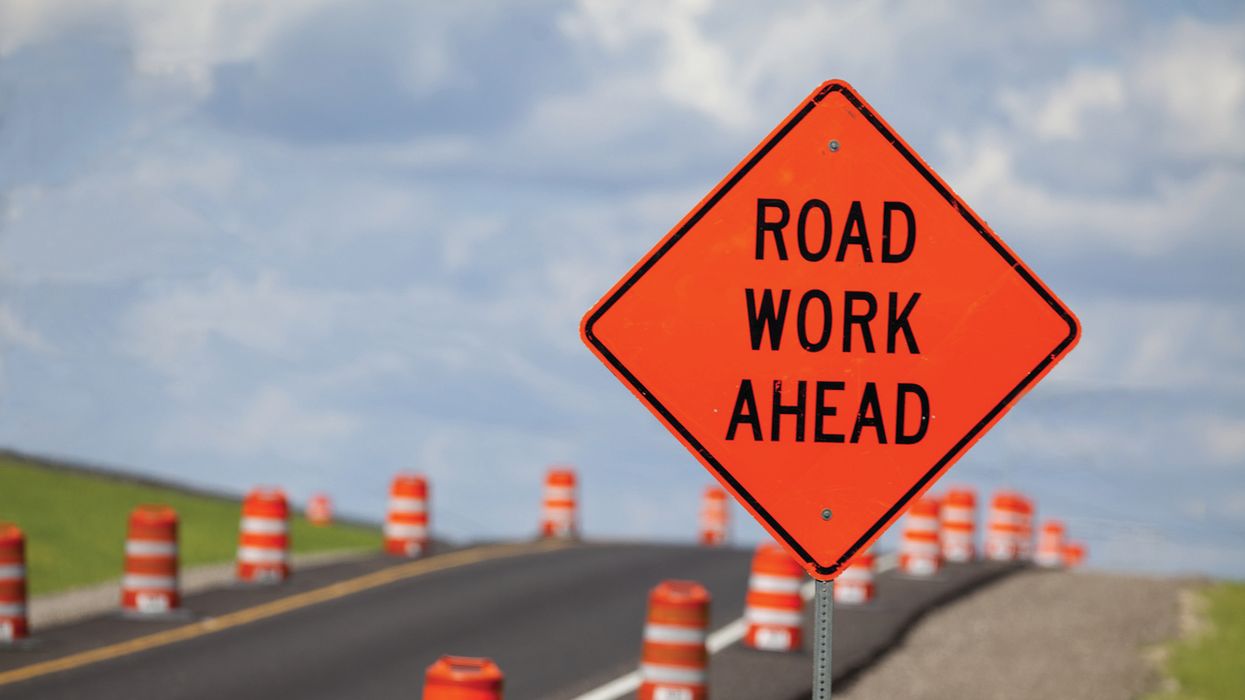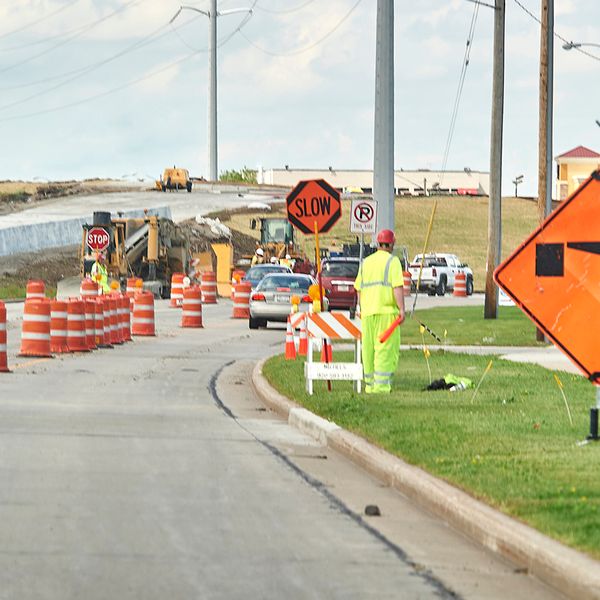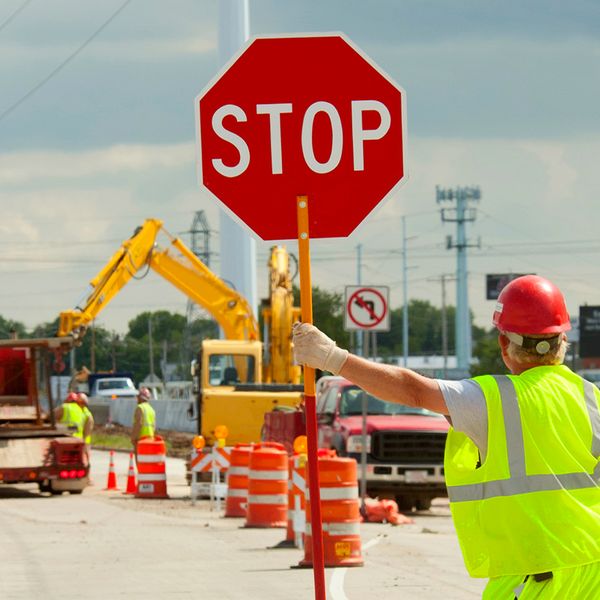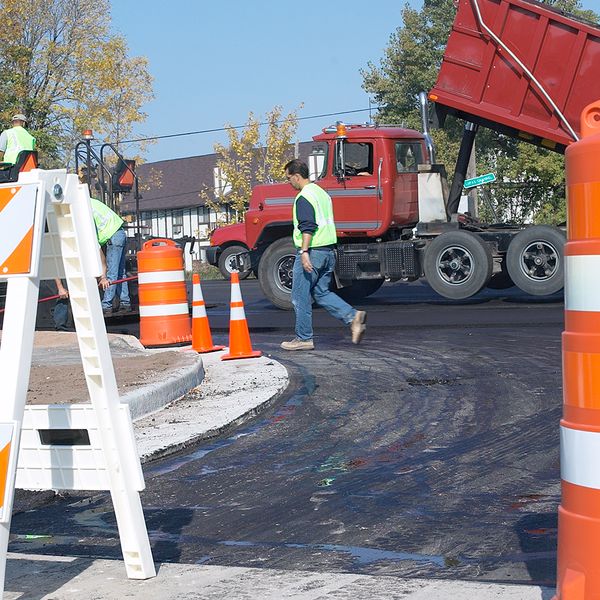Work zone safety: Navigating “orange barrel season”
In many parts of the country, “orange barrel season,” better known as road construction season, is beginning. With National Work Zone Awareness Week just around the corner (April 17-21), now is a good time to review work zone safety with your drivers.
Drive defensively
The importance of defensive driving is magnified when traveling through a work zone. There may be narrow lanes, sharp turns, poor visibility, unclear lane markings, changing traffic patterns, or uneven surfaces. In addition, other drivers may be confused or unsure where they should be in work zones, causing them to drive erratically. Workers and construction vehicles may also be working on or near the road.
A solid defensive driving plan that includes visual search and speed and space management is key to safe travel in work zones.
Visual search
An effective visual search includes focusing on:
- The road, vehicles, and other hazards straight ahead;
- Vehicles and other hazards to the left and right; and
- Vehicles behind.
As a general rule, a driver should look about 12 to 15 seconds ahead of the vehicle. In the city, 12 to 15 seconds is equal to about two to three blocks. On the highway, 12 to 15 seconds is equal to just over one quarter of a mile.
As well as looking ahead, a driver should be periodically scanning to the sides of the vehicle. Mirrors should be used to look to the sides and rear of the vehicle and to:
- Change lanes,
- Slow down,
- Merge, or
- Turn.
Speed and space management
Speed is one of the factors most often cited in work zone-related crashes. With hazards such as narrow lanes, merging vehicles, shifting lanes, and slowing and stopping traffic, there is less time and room to react to a dangerous situation in a work zone.
When taking into account perception, reaction, and braking distance, it can take up to 450 feet and seven seconds for a commercial motor vehicle traveling at 55 mph to stop on a dry, level road.
The vehicle needs to be operated at a speed that takes into account road conditions, visibility, and traffic speed and flow. The driver needs to manage all space ahead, behind, to the sides, above, and below the vehicle.
Safety tips
Drivers should always approach a work zone in the same way they would approach an adverse weather condition.
Pay attention to signs. Orange, diamond-shaped signs are posted to give advance warning of lane closings, speed reductions, and workers ahead.
Get into the correct lane in advance of lane closures. It is easier and safer to make a lane change well in advance than when arriving at the lane closure.
Be aware of the vehicle’s blind spots. Vehicles or obstructions may be hidden in a commercial motor vehicle’s blind spots. Drivers shouldn’t change lanes unless absolutely necessary and should avoid sudden lane changes.
Slow down. One of the most cited factors in work zone-related crashes is speed. In a work zone, there’s less time and room to react to a sudden change in driving conditions.
Avoid distractions. The driver’s undivided attention should be on the road ahead. All distracting activities should be eliminated.
Watch for and obey road crew flaggers. Drivers must follow road crew flaggers’ instructions. Road crew flaggers have the same authority as a regulatory sign. A driver could be cited for disobeying their directions.
Expect the unexpected. Speed limits may be reduced, traffic lanes may be changed, and crews may be working near the road.
Be patient. Drivers should slow down and pay attention to surroundings.
Plan ahead. Drivers need to keep up with the latest road conditions. Most states maintain websites that keep drivers current with the latest road conditions. Drivers should schedule enough time to make the trip or, if possible, take an alternate route.
Fines and penalties
As well as being dangerous, speeding and other traffic violations committed in work zones can be costly for drivers and their companies.
Over two-thirds of all states impose enhanced fines for speeding and other traffic violations in work zones. For example, in many states, fines are doubled for speeding in a work zone.
In addition to fines, there are some states that sentence drivers to community service and/or jail time for speeding in a work zone.
Key to remember: With road construction season beginning, drivers need to review defensive driving skills and be aware of the additional hazards the season brings.



















































